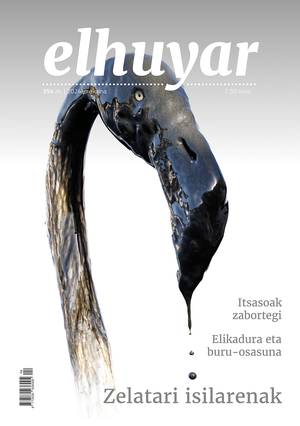Metal inside fiber optic

Fiber optic replaces electrical cables in applications such as connections between Internet servers or telephone cabling across the Atlantic Ocean. These fibers are made from hollow glass, but they would have great advantages if they had also integrated metal cables. Hence, some chemicals have developed a way to produce this combined material.
The combination of glass and metal in a single fiber involves a complex chemical process, due to its structural complexity. The conventional optical fiber itself is formed by two layers of glass: the glass of the inner layer is mixed with germanium oxide and the exterior is made of simple glass. The light runs through the inner layer and, to avoid its dispersion, the interior of the outer layer acts as a mirror. In addition, the inner layer has a central hole from which other luminous signals can be sent. Precisely, the aim of the chemicals has been to place the metal on the wall of this hole, and the main difficulty has been that the metal has not been stuck in this process.
The chemicals have managed to pass the germanium hydride in gaseous state through the interior of the optical fiber. The germanium crystallizes through the inside of the hole. In this metallic coating an electrical current occurs when the light passes through the fiber. This can open many doors in fiber engineering.






